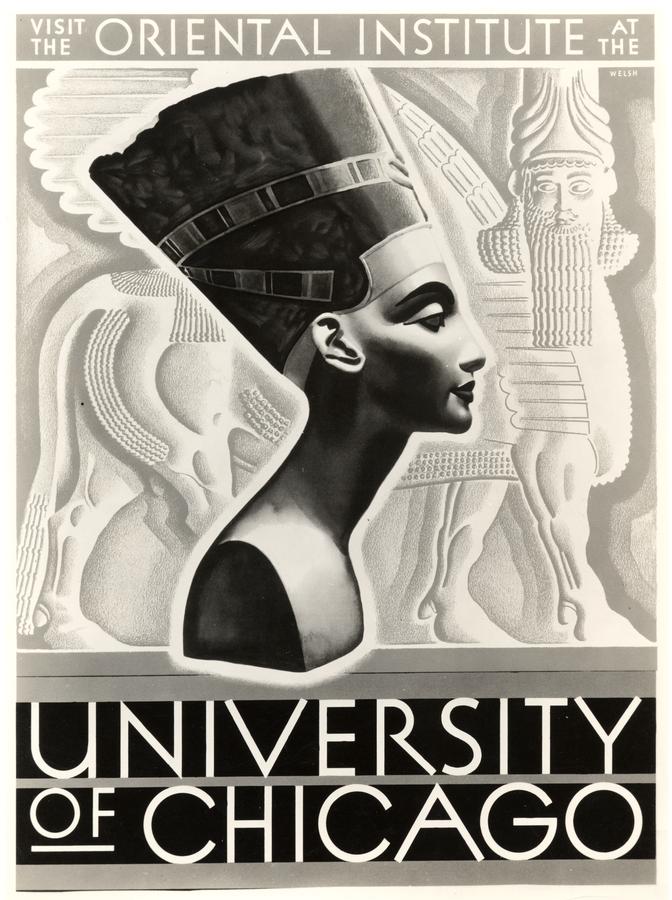Ray Johnson writes to tell me that the
RECENT NEWS section of the
Epigraphic Survey pages on the Oriental Institute website will be updated monthly. I take the liberty of quoting from the most recent entry:
December 2, 2011
Dear Friends,
I am pleased to report that Luxor has been peaceful throughout the
last few weeks, and the Chicago House team is busy and well. Our work
at Medinet Habu, TT 107, and Luxor Temple has proceeded normally, and
continued through the disturbances in Cairo with no interruption. The
elections so far - here, in Cairo, Alexandria, and elsewhere - have been
noteworthy for their orderliness, peaceful nature, enthusiasm, and
unprecedented turnout. It's an encouraging beginning! And history in
the making.
Yesterday artist Sue Osgood returned to Luxor to continue working in
TT 107, the tomb of Nefersekheru, steward of Amenhotep III's Malkata
palace, where Margaret has been drawing for the last month. Tomorrow
conservator Hiroko Kariya arrives to resume conservation work in the
Luxor Temple blockyards. On Sunday we are all heading south to see the
current excavation work of faculty member Nadine Moeller, husband
Gregory, and her team (including Hratch Papazian) at Tell Edfu. Nadine
and the crew joined us and a number of our American (ARCE Luxor),
foreign, and Egyptian colleagues for a very pleasant Thanksgiving dinner
on November 24th. The cranberry sauce was home-made by artist Margaret
De Jong, with fresh berries kindly hand-carried by library assistant
(and OI VC member) Andrea Dudek who will be heading homeward in a few
days after a very productive few weeks with us.
Thus far, outside of the election excitement, it's been a totally
normal season. Two weeks ago I participated in a workshop in Cairo
sponsored by AUC and the Netherlands/Flemish Institute on archaeological
recording techniques, with a special emphasis on new digital recording
technologies that we are using in our on site documentation work now.
During the next couple of days a group of students from the
Netherlands/Flemish Institute will be visiting TT 107 and Medinet Habu
to see our recording methodologies in person, guided by Senior
epigrapher Brett McClain and Margaret.
Despite the political uncertainties and bumps in the road, the last
month and a half have been joyous in many ways. The Egyptian people
are tremendously excited and proud of their new freedom to choose their
leaders, and this has been a joy to witness. We gave our Egyptian staff
the day off on Monday to vote, and each one proudly showed me his
ink-stained finger (proof of voting) the day after. There have been
other reasons to celebrate as well; I have attended two engagement
parties for offspring of our workers (who were babies the last time I
looked, and are now getting married?). And ten days ago Medinet Habu
conservator Nahed gave birth to a baby boy, Jovan. Life is too full!
And all is well. I will write again soon. Best wishes to you all for an excellent December!
Best from Luxor,
Ray Johnson







 Stumble It!
Stumble It!

